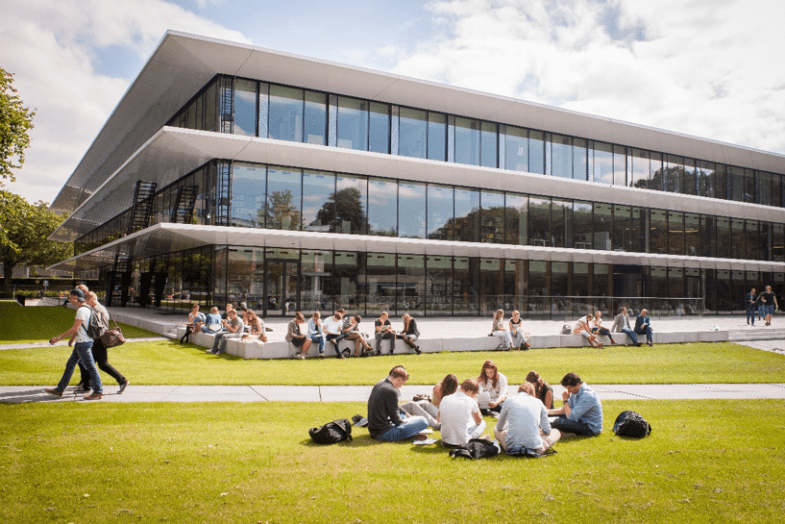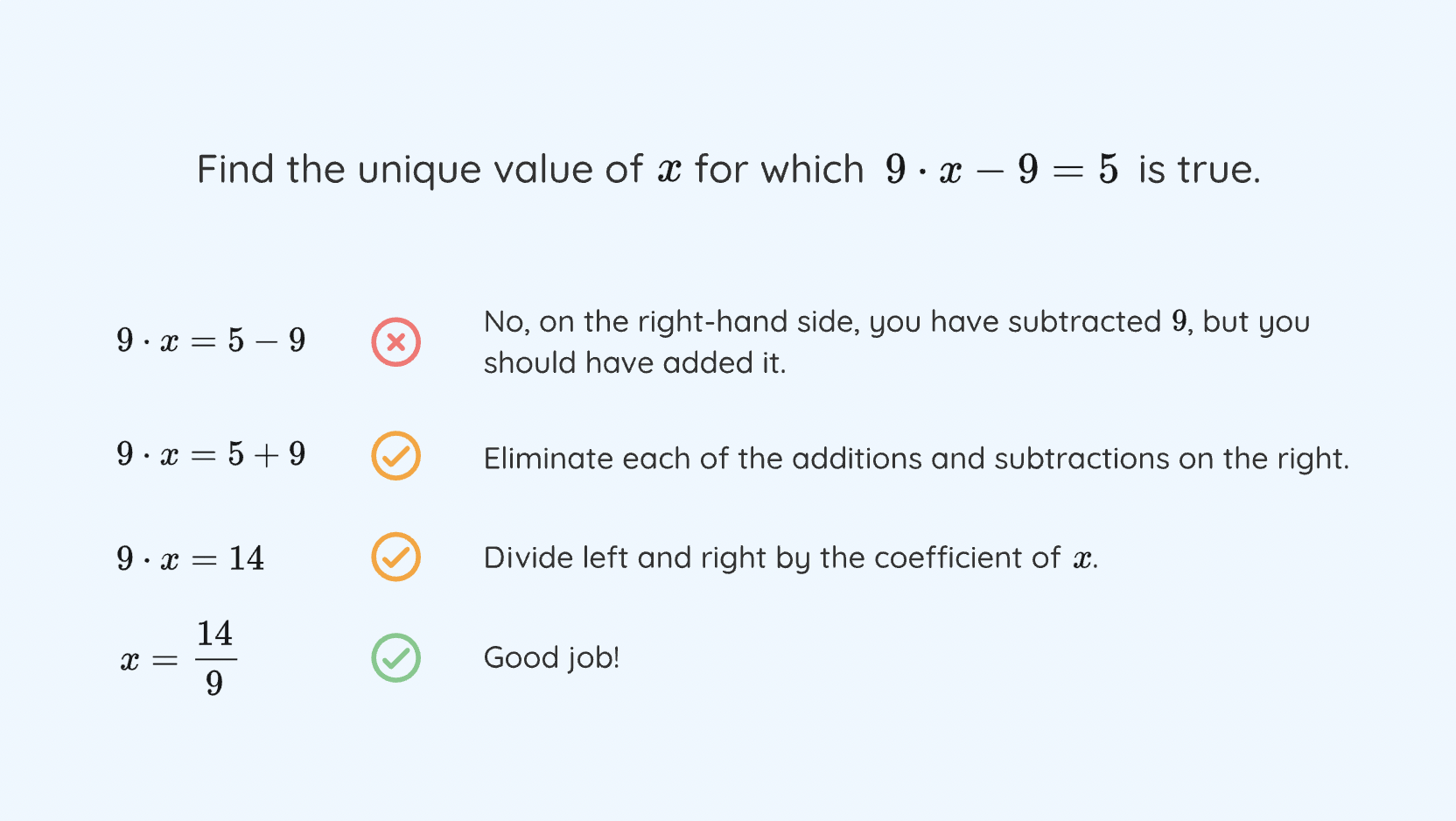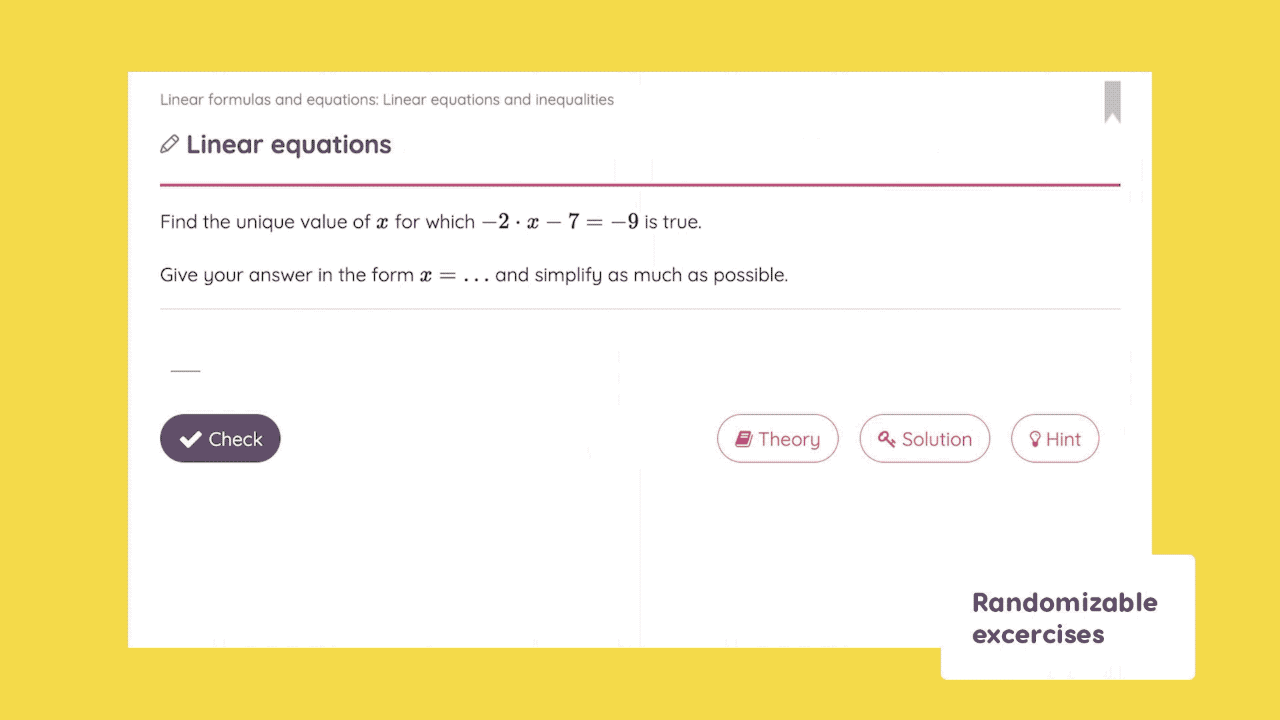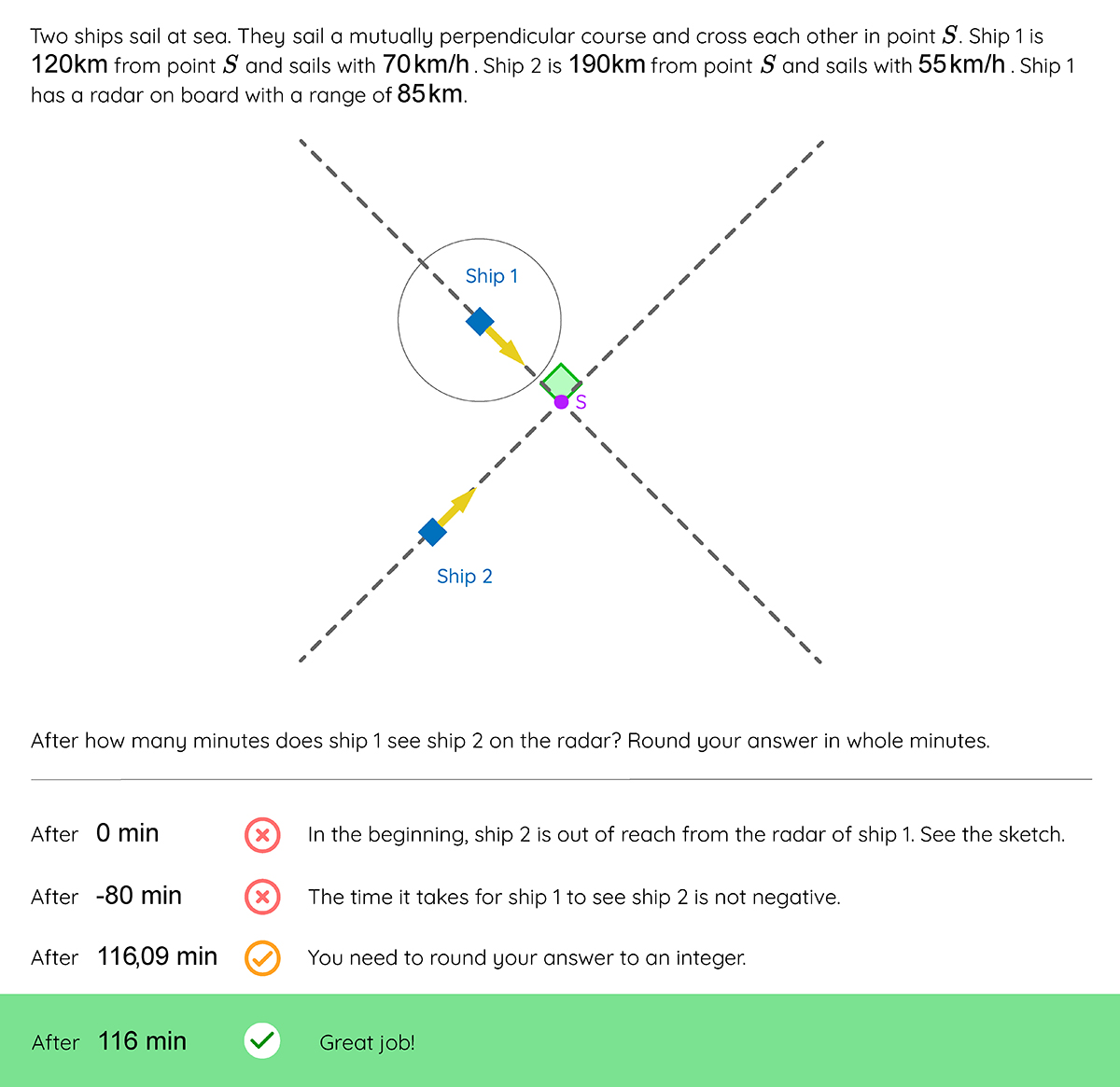How can we engage students who aren’t math majors in our mathematics courses? We addressed how to solve this challenge with technology-enhanced real-life math in a co-hosted webinar with OpenStax (Rice University). Our colleagues Gretchen Trapp (Partnerships) and Dr Luís Pires (math author) discussed various teaching strategies with our guest speaker, Dr Fleur Zeldenrust (Radboud University).
In this blog post, we will share the key takeaways from the webinar. It features some practical advice and key points, including a video use case from Radboud University, that can help improve students’ learning experiences.
Before we delve into the details of our webinar, we will first explain our collaboration with OpenStax.
OpenStax is an organization that offers free, peer-reviewed, and openly licensed textbooks for introductory college and Advanced Placement courses. This initiative helps to widen students’ access to high-quality content and tools, with their ultimate goal being to revolutionize learning and make education more accessible to all students.
As an OpenStax Ally, we contribute to this mission. We import STEM materials from OpenStax. This allows educators and students to make the most of the content in an interactive platform that enhances their learning experience. As part of our partnership, we co-hosted this webinar to support STEM educators.
Many non-math majors and their educators struggle with the math problem: numerous university subjects—like business, data science and life sciences—require some math proficiency, often in the form of mandatory math courses to complete a degree. This has become an obstacle for many students.
Instructors would ideally like to provide personalized support that caters to diverse skill sets and areas of improvement for students. Unfortunately, this is often not feasible due to time and resource constraints. The math problem frequently leads to demotivation, math anxiety, and low performance.
During the webinar, we suggested using technology-enhanced real-world exercises to help educators resolve this issue.

Dr. Zendelrust teaches mathematics to a large and diverse group of first-year biology students at Radboud University. Engaging and motivating those students who do not particularly enjoy this subject is complicated. In this video, Fleur shares her strategies for overcoming this challenge. We want to present some key ideas from her talk:
Like many other educators, Fleur finds students with varying levels, backgrounds, and needs in her classroom. Teachers need to assist struggling students to pass the course while providing enough stimulation for the most advanced students.
To achieve this, Fleur begins the first part of the course by reviewing the level at which the group should start and then introduces new materials, including biological examples. For students who want extra challenges, she provides additional materials that can help them earn bonus points in the exam.
Fleur realized there were more effective ways of teaching than traditional lectures. Now, she edits her recorded lectures and creates short knowledge clips of topics she puts online for students’ self-study. So, when students go to the classroom, they either meet tutors for explanations or work in Sowiso in groups and receive extra assistance from tutors.
Students do a weekly diagnostic test and need a 75% to pass. However, she allows multiple attempts. This doesn’t involve extra effort since Sowiso automatically grades these tests. That way, Fleur can keep track of the students’ progress. This system enables students to keep practising so they don’t cram at the end. Based on the average grades, it’s working!
Fleur provides real-life examples to illustrate almost all the materials she teaches. Her examples range from disease spreading and neuroscience to interactions between predators and prey. She often finds these examples on Twitter or reads about them in newspapers.

We should keep in mind that some students prefer straightforward math exercises without real-life scenarios, while others benefit from real-world exercises. Therefore, we need to cater to both types of students by providing content that suits their preferences.
However, creating real-world exercises can be challenging as one must avoid getting caught up in the details. Real-life problems can be messier than textbook examples, making it difficult for students to understand the main point. The exercises need to be simplified enough to help students understand but also provide a delicate balance between being insightful and not oversimplified.
Different students learn differently. We need to tailor our teaching methods to meet their individual needs. Besides, it is imperative to promote gender balance in mathematics, which is a traditionally male-dominated field.
Many people believe that math is something only geniuses can understand. However, this is a misconception. For instance, when it comes to math for biology, learning it is within reach for most students. Although some concepts may seem abstract initially, they can become more familiar with practice and a good night’s sleep. Viewing math as a skill that can be developed through practice is a helpful mindset.
Applicable exercises can be immensely beneficial in terms of motivation and developing transferable skills. This added benefit can help students understand the significance of both short-term and long-term goals. It is worth emphasizing that math is relevant to everyone, as it plays a crucial role in problem-solving in the workplace and daily life.
Our platform offers an opportunity for students to excel and enhance their knowledge and skills with real-life exercises. We promote a growth mindset through mastery-based learning and personalized guidance. As shown below, Sowiso guides students towards the solution, providing hints and constructive feedback, enabling them to master math at their own pace. We’ll break down four key features of Sowiso:

We provide visually engaging interactive theory pages with explanations and illustrative examples written and designed by subject matter experts.
Our systems’ open math questions are all randomized and with feedback, allowing students to try out multiple versions of the same exercise and gradually train their mathematical reasoning.

Sowiso’s testing module creates different randomized tests for students and checks and grades them automatically.
These analytics help you identify at-risk students and class weaknesses with in-depth progress reports.
Moreover, instructors are empowered because of the potential for authoring their own exercises and incorporating theory and examples from their selection of resources.
In our platform, many exercises present a real-life problem that needs to be solved using mathematics. To do so, our mathematicians have created an extension with applications for our best-selling course, Basic Math.

Each chapter in Basic Math now includes an extra package with exercises demonstrating the practical applications of the theory covered. This extension is ideal for higher education Science and Engineering programs. Soon, we will add an extension for Social Sciences.
Do you have any questions? If you want to learn more about the platform and have a tailored conversation about your experiences, we’d love to speak with you personally. Feel free to contact us.